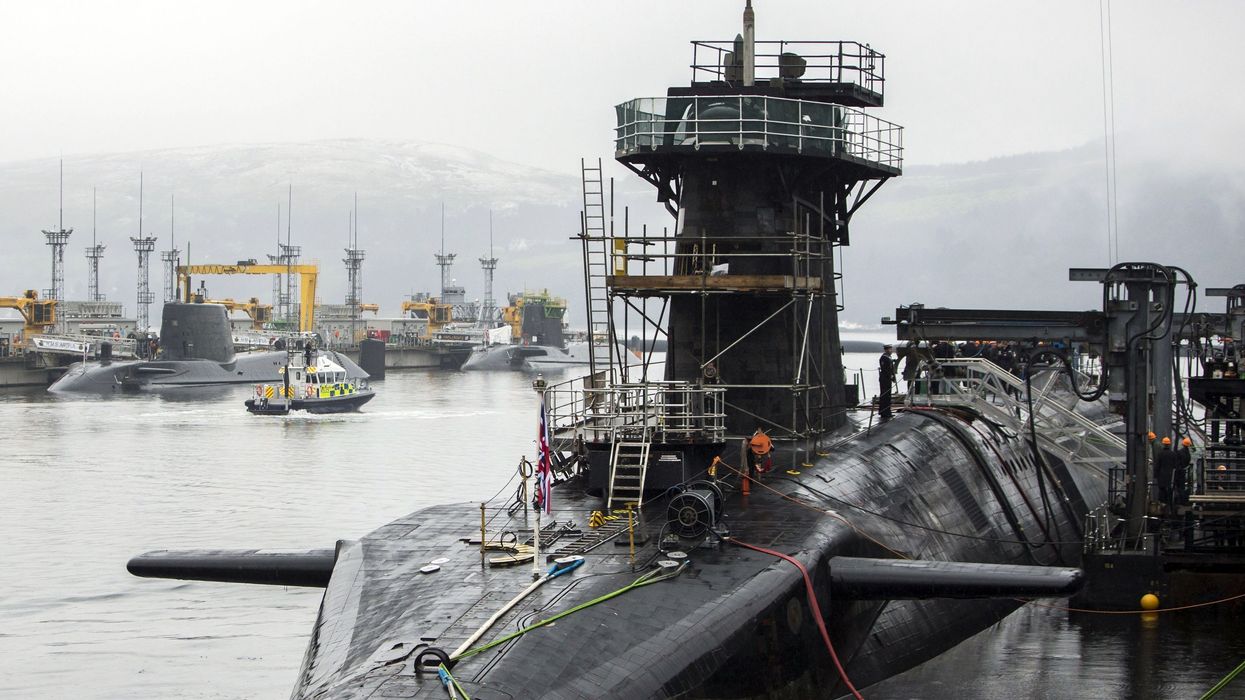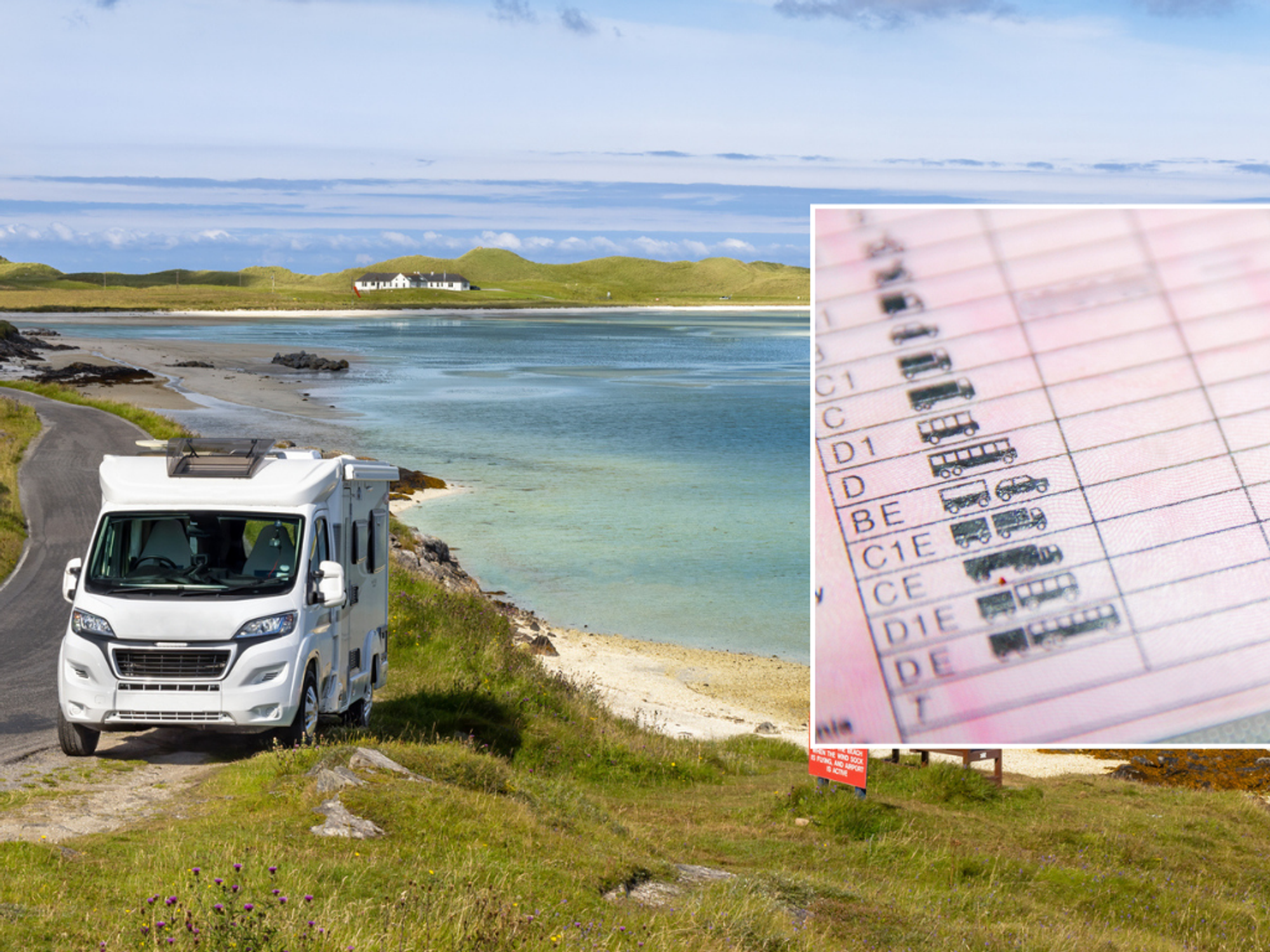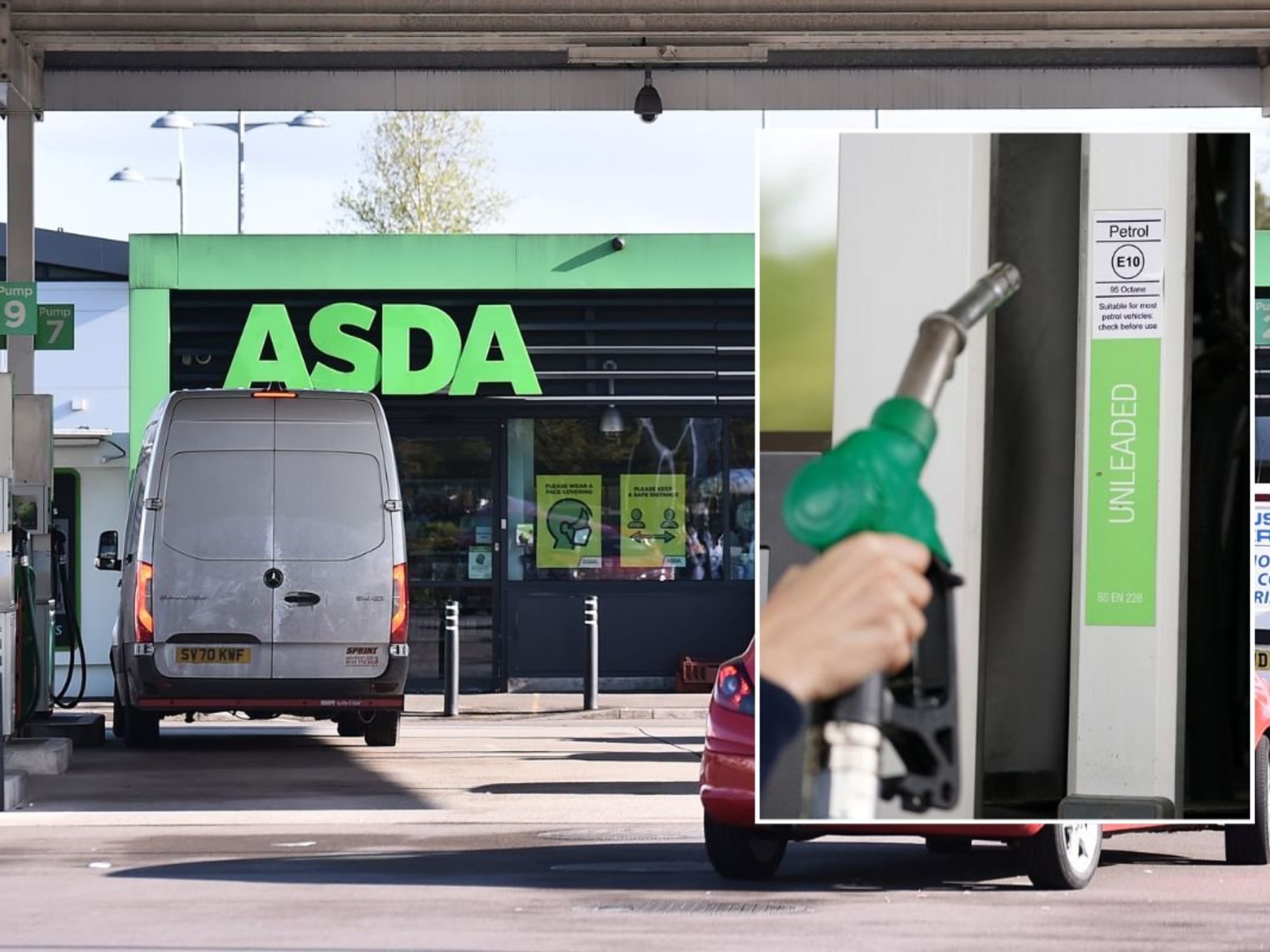The UK's nuclear deterrent has had a huge flaw for decades that puts us at a disadvantage - analysis by Mark White

A fleet of four Vanguard submarines are the only means of launching Britain's nuclear deterrent
|PA

Britain's fleet of just four Vanguard subs are all aging
Don't Miss
Most Read
For decades now, the UK has been reliant on a single delivery system for its nuclear weapons.
A fleet of four Vanguard submarines are the only means of launching Britain's nuclear deterrent.
And with all of our nuclear eggs in the one basket, in terms of delivery systems, it makes any failure to launch an issue of huge concern and raises understandable questions over the effectiveness of that deterrent.
The US and Russia are the World's nuclear superpowers, with weapons stocks far out stripping those of any other nuclear armed state.
Those nations also have multiple launch systems, from submarines, to nuclear bomber aircraft, and land-based missile launch sites.
That gives military commanders strategic advantage. An ability to choose which systems are likely to be most effective in a given scenario.
It also builds into the deterrent, significant redundancy. If one launch system fails, others are available.
During the early years of the Cold War, Britain relied heavily on the Royal Air Force to provide the UK's strategic nuclear strike force.
Through the 1950s and 60s, the V-bombers reached their peak with more than 150 aircraft in service.
But developments in Russia's surface to air missile capability made the operation of high-altitude bomber aircraft over Russian soil less effective.
By 1970, the primary nuclear deterrent role switched from the RAF to the Royal Navy, with the introduction of Polaris submarine launched ballistic missiles.
The RAF and the Fleet Air Arm continued to operate aircraft armed with tactical nuclear weapons for another three decades.
But by 1998, Britain's last tactical nuclear bombs were taken out of service.
By then, the UK's Polaris subs had also been replaced by the new generation of Vanguard submarines, and their Trident ballistic missiles.
Britain's nuclear deterrent relies on at least one ballistic missile submarine being at sea at all times.
With an aging fleet of just four Vanguard subs, ensuring that continuous at sea capability is an increasingly complex task.
HMS Vanguard had only recently completed a much delayed and lengthy 7 year refit, which cost more than £500 million.
To add to the red faces within the MOD, the Defence Secretary Grant Shapps and the First Sea Lord Sir Ben Key were onboard HMS Vanguard for the Trident launch.
The sub was off the coast of Florida when the missile was fired.
But instead of flying some 3,700 miles into the mid-Atlantic, the missile's first stage boosters failed to ignite and it splashed down next to the submarine.
It is the second failure of a Trident launch in a row, after another missile fired from a Vanguard sub veered off in the wrong direction in 2016.
The Ministry of Defence has been a pains to point out that the UK's nuclear deterrent "remains safe, secure and effective."
But at a time of heightened global tensions, with wars raging in Ukraine and the Middle East, there is understable concern over just how effective Britain's nuclear deterrent actually is.
With the decision taken long ago to base that deterrent on a single delivery system, any fault highlights its vulnerability.
Those concerns will only grow as the Vanguard fleet continues to age.
A new fleet of four ballistic missile submarines are currently under construction.
But the first of the next generation Dreadnought submarines won't enter service for another decade.
Until then, the aging HMS Vanguard and her three sister subs must continue to bear the huge responsibility of providing the only delivery system currently capable of supporting the UK's independent nuclear deterrent.










